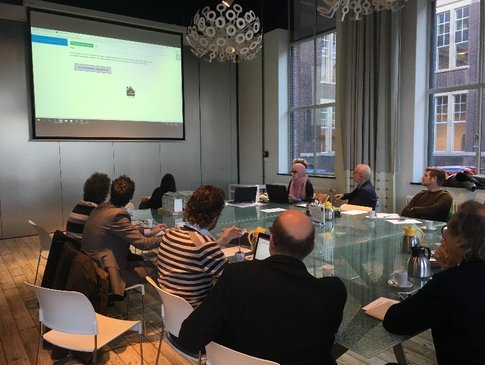Reflections of architects on the GTF
Representatives from housing associations in Amsterdam, Rotterdam, Den Haag and Utrecht, along with renovation architects, attended two workshops, with a test case, to reflect on the GTF and the results derived from the questionnaire. The debate was on the value and priority of the interventions according to the GTF. The following design interventions were preferred by housing association and renovation architects, based on their past experience. Here, they are presented in order of importance:
- Extend or enlarge the building, and make more apartments. For example, enclosed glass balconies on the garden side. More square metres implies a densification of the neighbourhood, more income for a housing association and lower construction costs, and more possibilities to invest in interventions. Suggestions are to build accessible apartments on the ground floor, to build extensions on the garden side and to build extensions on the roof.
- Reduce energy demand by insulating the skin of the building to allow for a low or medium temperature heating system in the apartment, combined with mechanical ventilation. It is possible to apply different types of heat pumps in the future.
- Improve outdated kitchen, bathroom, toilet and storage areas. This is important for the quality of the apartments and allows for the construction of new services systems, consumer units and shafts.
- Reduce noise between units, although in an inhabited state this is a complex issue to resolve. Technically, the most effective solution is a floating floor, but this will mostly be impossible in a fully furnished apartment. A solution could be ceiling insulation, i.e. a suspended ceiling.
- Complex heat systems and installations with renewable energy in the buildings are too expensive and complicated for tenants. Their advice here is to keep it simple and make it collective instead individual. Housing associations are currently using individual heating systems based on natural gas. In the future it is likely that all apartments will be connected to a heat network of 700 C and will use external renewable energy.
The following pressing problems were identified by the housing associations: a lack of new apartments and stagnation of the mobility of tenants on the housing market in urban regions, and the slowness of municipalities to choose of a heat distribution system for each neighbourhood in the future. As pointed out, the most likely option for the post-war housing stock is a regional open heat network (700 C) and walk-up apartment buildings upgraded to label B or higher.

